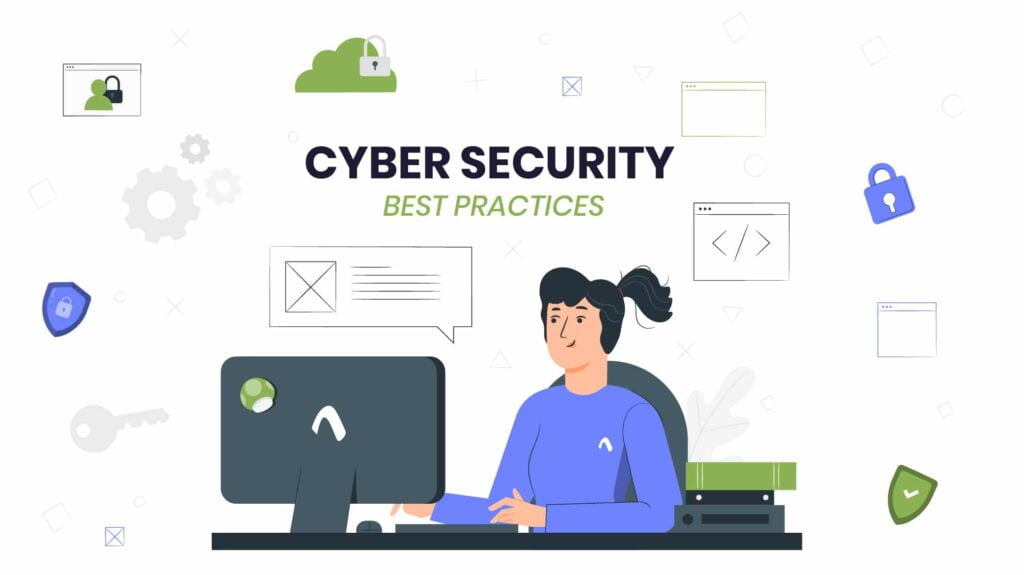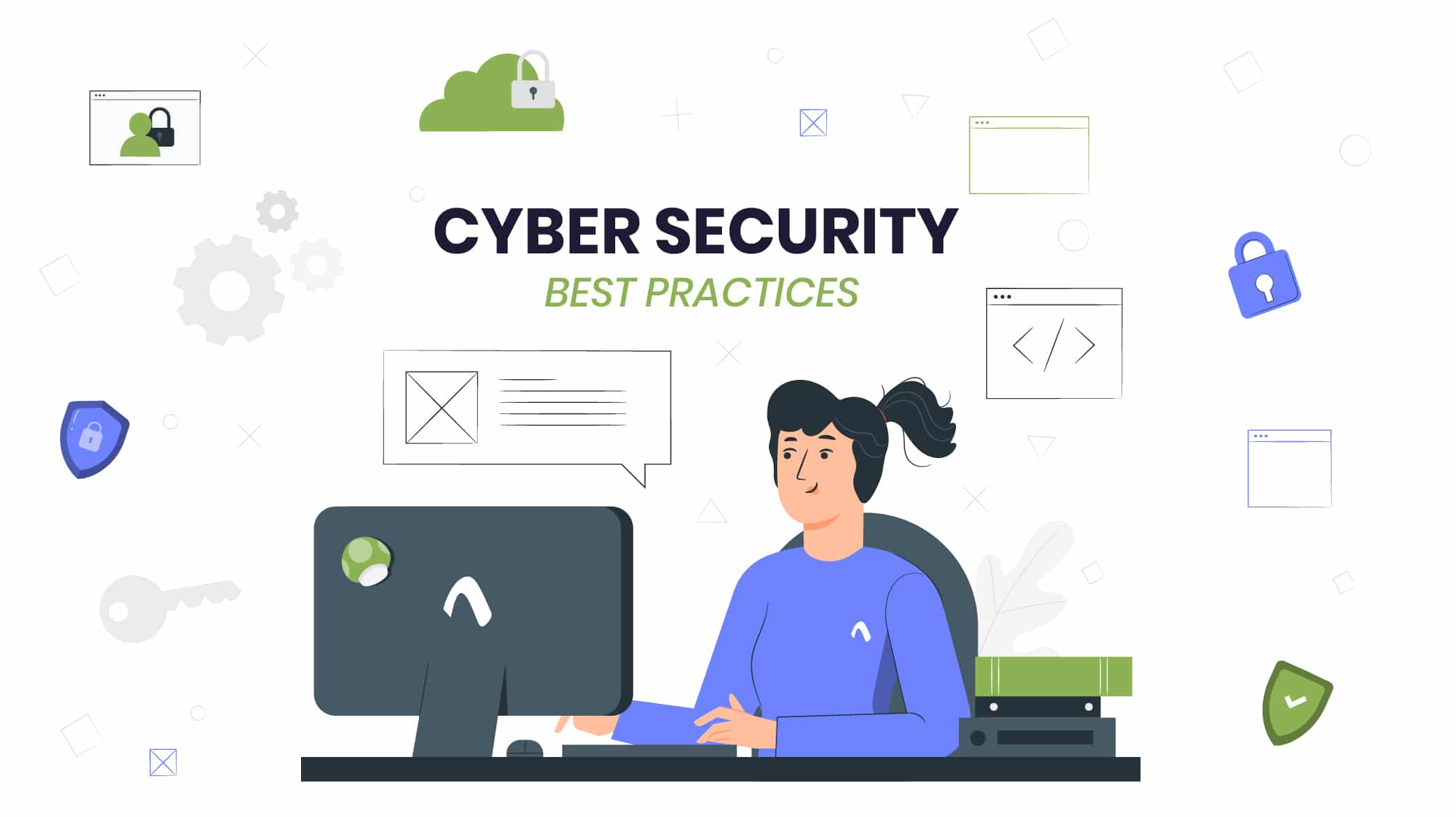Protecting Your Online World: The Importance of Cybersecurity and Stronger Online Protection
With the rise of digital technology, cybersecurity has become a critical aspect of our daily lives. Cyber-attacks are becoming more frequent, sophisticated and dangerous, posing significant risks to individuals and businesses alike. Victims of cyber-attacks may suffer financial loss, identity theft, and even damage to their reputation. It is crucial that we take measures to safeguard our personal and professional data, such as using strong passwords, updating software regularly, and being vigilant of suspicious emails or messages. Cybersecurity is a shared responsibility, and by taking proactive steps, we can protect ourselves and contribute to a safer digital world.

In addition to using strong passwords and two-factor authentication, there are other steps we can take to enhance our online security. These include regularly updating our software and antivirus programs, being cautious of suspicious emails or messages, avoiding public Wi-Fi networks for sensitive transactions, and backing up our data regularly. By staying vigilant and informed about potential threats, we can better protect ourselves and our digital assets in today’s increasingly complex and interconnected world.
It’s crucial to exercise caution while clicking on links or downloading attachments in emails or on websites to improve online protection. Cybercriminals often exploit these methods to spread malware or steal personal information. It’s essential to be vigilant and only click on links from trusted sources and be wary of unsolicited emails or messages. Always double-check the URL of a website or link to ensure it’s legitimate and use antivirus software to protect your computer from potential threats. By taking these precautions, we can protect ourselves and our online assets from cyber-attacks.
Updating software and operating systems regularly is essential in preventing cyberattacks. Hackers often target vulnerabilities in outdated software, allowing them to gain unauthorized access and steal personal information. By regularly updating software with the latest security patches, users can protect themselves against these types of attacks. It’s crucial to be aware of the importance of software updates and make it a regular part of online safety practices to keep sensitive data and personal information secure.
As businesses increasingly rely on digital systems and online operations, it is essential that they take cybersecurity seriously. Protecting customer data and digital assets is a top priority, and this involves implementing robust security measures such as firewalls, encryption, and intrusion detection systems. Equally important is providing regular cybersecurity training to employees, who are often the first line of defense against cyber threats. It is also important for businesses to have a plan in place for responding to cyber-attacks to minimize the damage and protect their reputation. By taking these steps, businesses can help safeguard their customers’ personal information and maintain trust in their brand.
Cybersecurity is an ongoing challenge as cyber threats continue to evolve and become more sophisticated. It is vital that we remain vigilant and stay up to date with the latest cybersecurity trends and best practices to protect ourselves and our digital assets. This involves taking a proactive approach to cybersecurity, such as using strong passwords, enabling two-factor authentication, being cautious when clicking on links, keeping software updated, and providing regular cybersecurity training to employees. By prioritizing cybersecurity, we can help prevent cyber-attacks and safeguard our online privacy and security.
In conclusion, the increasing frequency and severity of cyber-attacks make cybersecurity a pressing issue in our digital world. It is our responsibility as individuals and businesses to take proactive measures to protect ourselves and our digital assets. We can do this by following best practices such as using strong passwords, being cautious online, keeping software updated, and implementing strong cybersecurity protocols.
Image Source : iRaiser







